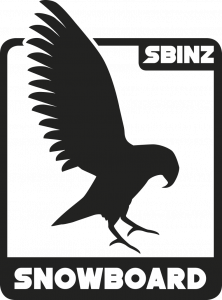Riding Bumps
 What, Why, How
What, Why, How
Bumps are often encountered off trail. The ability to ride them will create a more versatile snowboarder whilst providing access to more terrain.

Example
 Movements & Board Performance
Movements & Board Performance
Vertical with Pressuring
Vertical movements should be smooth and continuous, and from a lower position. A combination of turn types is often needed, though the focus should be on terrain unweighted turns. Independent absorption, flexing and extending through the legs as the board moves over the bumps, is required.
VIDEO: Terrain Unweighted Turns with Richie Johnston
Longitudinal with Pressuring
Fore-aft movements will increase in the bumps and will need to be timed with the independent vertical movements. Movements should not be excessive but rather be used to help balance and strengthen other movements.
Rotational with Steering
Progressive rotational movement focused in the lower body is needed to steer the board. This should be timed with vertical and lateral movements. Anticipation can be used to time initiations and aid power when steering in larger and steeper bumps.
Lateral with Edging
Smooth movements through the ankles, knees and hips are required to stay in balance. More independent lateral movement through the front ankle and knee will be required to twist the board through the initiation. A lower edge angle will help to reduce speed and allow for more effective steering.

